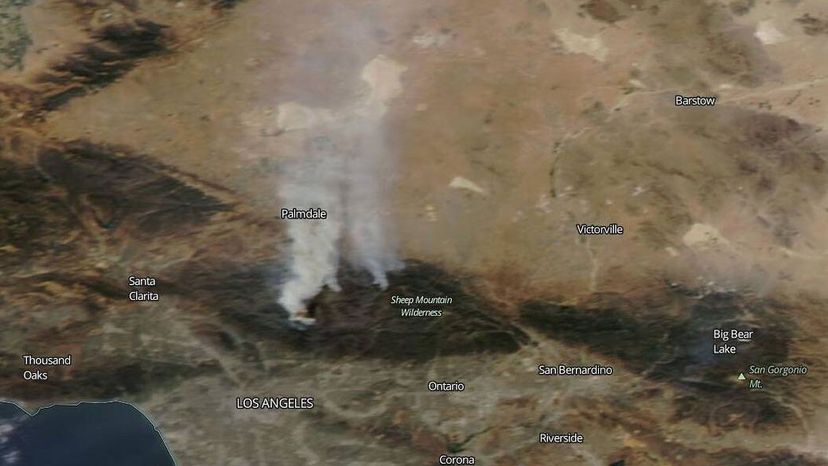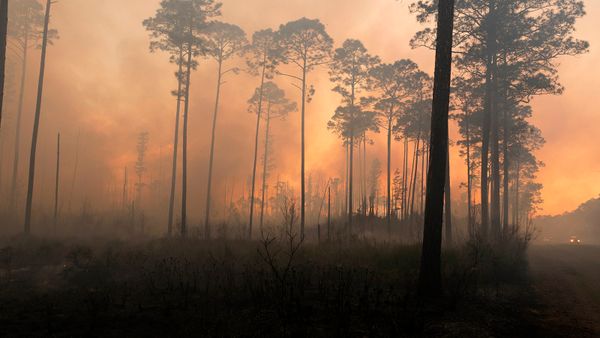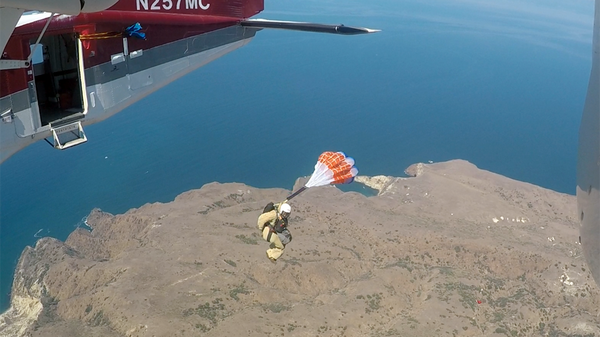
Something unusual happened this year in Idaho. Fire and health officials began issuing warnings about the health risks of wildfire smoke several weeks earlier than normal. With almost the entire U.S. West in drought, it was only a matter of time before the risks became reality.
Smoke is now graying the sky across Idaho and large parts of the country as dozens of fires burn, and a lot of people are wondering what's in the air they're breathing.
Advertisement
As an environmental toxicologist, I am interested in understanding wildfire smoke effects and how they differ from other sources of air pollution. We know that breathing wildfire smoke can be harmful. The picture is still not totally clear as to what the changing wildfire landscape will mean for public health, but research is raising red flags.
In some parts of the West, wildfire smoke now makes up nearly half the air pollution measured annually. A new study, released by the California Air Resources Board July 12, 2021, found that smoke from fires that burn through communities could be even more dangerous than originally thought because of the building materials that can burn. Scientists identified high levels of lead and other metals in smoke from the 2018 fire that burned through the town of Paradise.
With large wildfires already burning in the West this year, here's a closer look at what makes up wildfire smoke and what you can do to protect yourself and your family.

Advertisement



